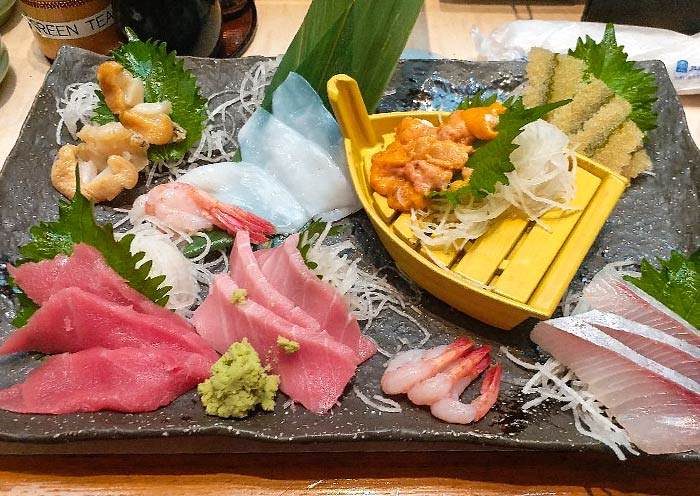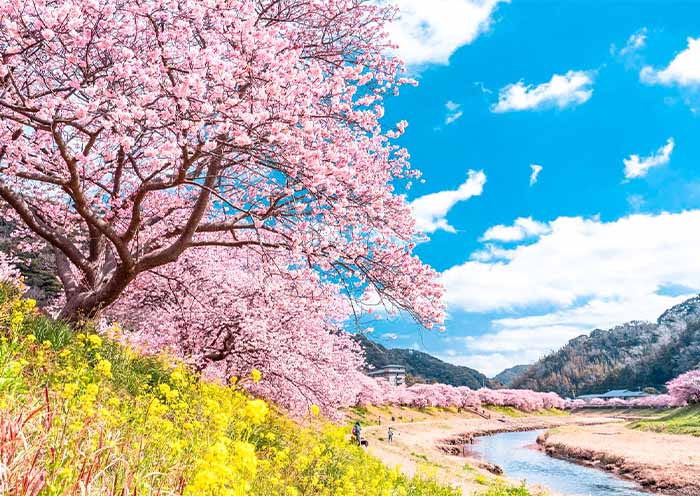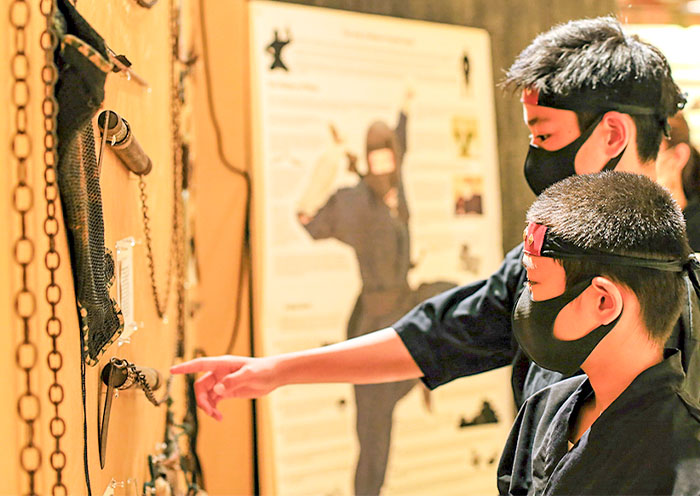5 Days Mount Fuji Private Tour from Tokyo for First-Timers
From
USD request![]()
- This is the price per person, based on a group of 6 people, 4-star hotel accommodation, and travel during the regular season.
- Early-bird rates apply to bookings made at least 6 months prior to the departure date.
- The price is subject to change depending on your travel season, group size, hotel class, and potential fluctuations in currency exchange rates.
- Highlights
- Itinerary
- Price
- Trip Notes
- Accommodation
- Photos
- Reviews
Japan First Impression: Mount Fuji & Tokyo Highlights in 5 Days
Your First Impression of Japan Starts Here. In just 5 days, our Mount Fuji Private Tour from Tokyo takes you through Japan’s most iconic scenery and culture - from Tokyo (vibrant capital) to majestic Mount Fuji (Japan’s most iconic peak)
In Tokyo, stroll the peaceful paths of Meiji Jingu Shrine, step into the timeless atmosphere of Senso-ji Temple, and feel the buzz at the world-famous Shibuya Crossing. Soar above the city from the Tokyo Skytree, savor the freshest sushi at Tsukiji Market, and dive into the anime and tech wonderland of Akihabara. You’ll even have the chance to dress in authentic armor at the Samurai & Ninja Museum for a unique cultural experience.
Then, leave the city behind and journey to Japan’s ultimate icon - Mount Fuji. Capture the breathtaking view of the five-story pagoda with the snow-capped peak at Arakurayama Sengen Park, admire the beauty of Lake Kawaguchi from the shore, a cable car, or on a lake cruise.
With private transfers, a flexible itinerary, and expert local guides, this journey will be your most beautiful “first impression” of Japan.
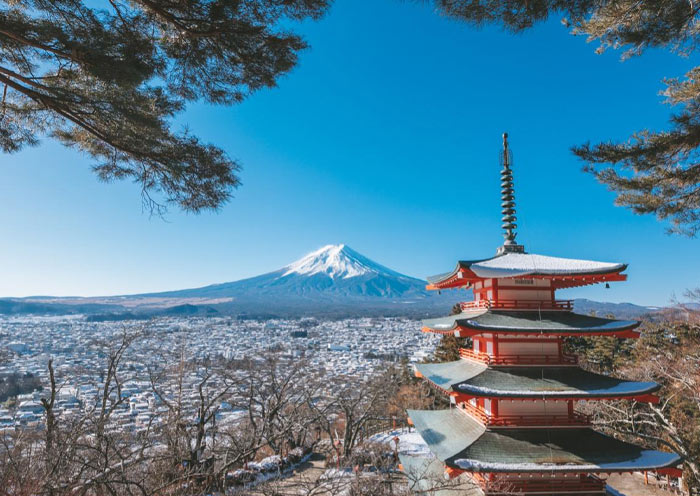
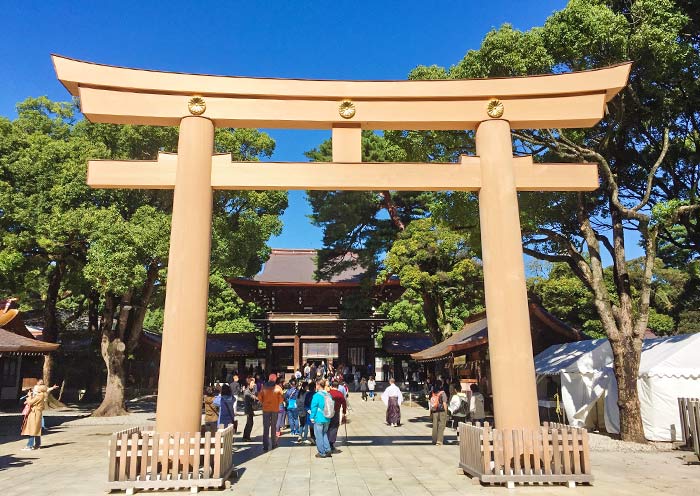
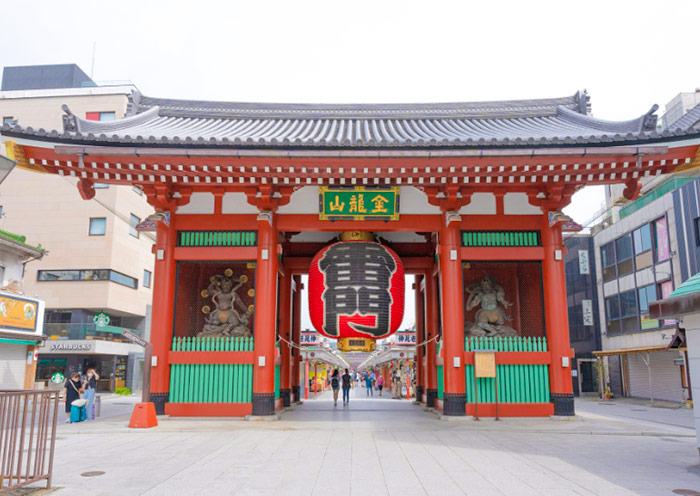


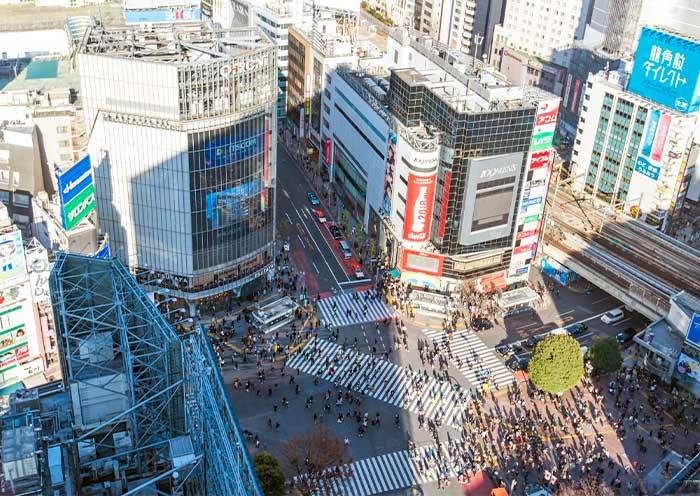
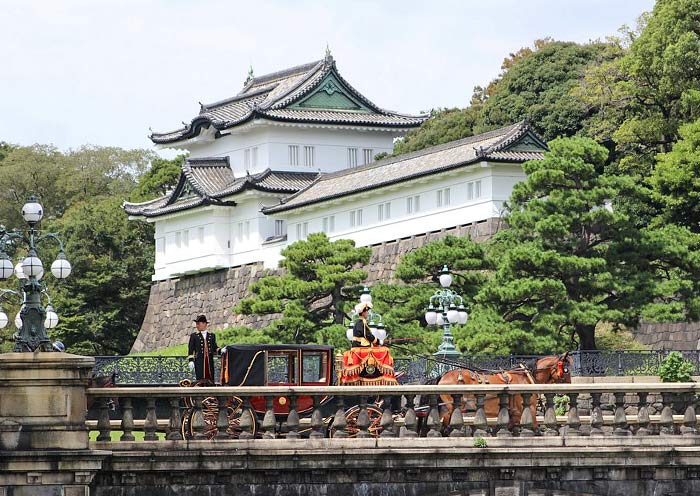

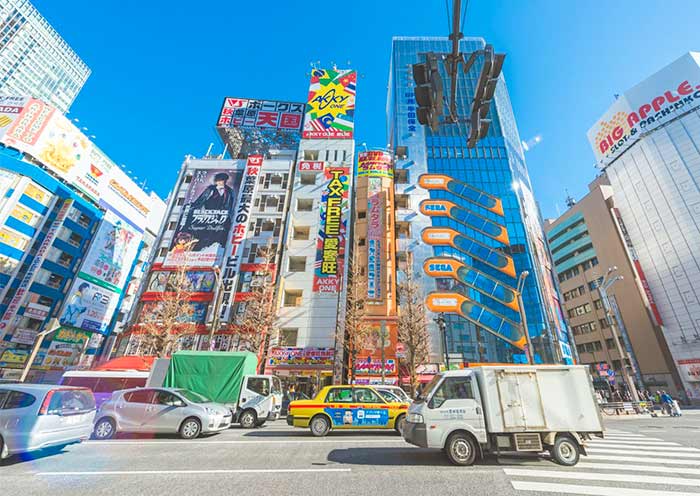
Itinerary at a Glance
Tokyo (4 Days)
Senso-ji Temple, Tokyo Skytree, Akihabara & Hachiko Statue, Tokyo Samurai & Ninja Museum, Meiji Jingu Shrine, Shibuya Crossing, Imperial Palace Outer Garden & Nijubashi Bridge, Tsukiji Fish Market
Mt. Fuji (1 Day)
Arakurayama Sengen Park, Kubota Itchiku Art Museum, Tenjo-san Park Cable Car or Lake Kawaguchi Cruise
Itinerary Day by Day
Konnichiwa(こんにちは)!Welcome to Tokyo, the capital city of Japan! Upon your arrival at the airport in Tokyo, your driver (not English-speaking) will meet you at the exit and then escort you to the hotel. You can have a good rest in your hotel and get ready to explore Tokyo with your guide the next day.
Tokyo is the capital of Japan and one of the world’s most exciting cities. It’s where ancient traditions meet modern life — think historic temples, neon-lit skyscrapers, sushi bars, and high-speed trains all in one place. Here, you can experience world-class dining, high-tech shopping, serene gardens, and a unique culture that blends centuries-old customs with cutting-edge trends.
Arrival Ideas:
Japan has two commonly used international airports. Narita International Airport, located 63.5 km from the center of Tokyo, is the primary international air hub for Tokyo, where flights from China to Tokyo usually land. Tokyo International Airport (Haneda Airport) is situated 17 km from the center of Tokyo and mainly serves domestic flights within Japan and some international flights, including flights to South Korea and other East Asian regions.
Cities that have Direct Flights to Tokyo include, but are not limited to: Beijing, Shanghai, Guangzhou, Shenzhen, Hangzhou, Xi'an, Chengdu, Chongqing, Hong Kong, Taipei, Kaohsiung, Seoul, Singapore, Bangkok, Kuala Lumpur, Jakarta, Bali, Manila, Ho Chi Minh City, Hanoi, and more. Please note that flight information is subject to changes based on time and market demand. Contact us to obtain the latest flight information and prices.
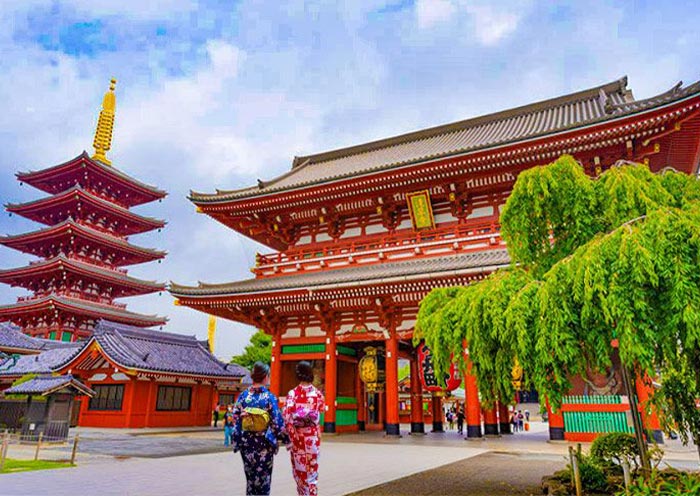
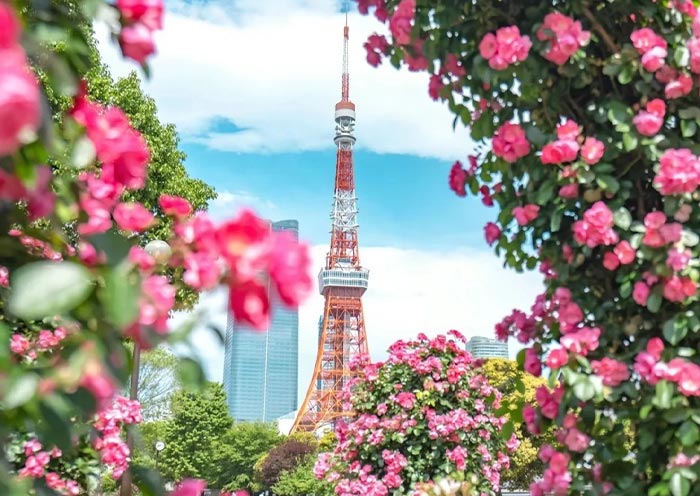
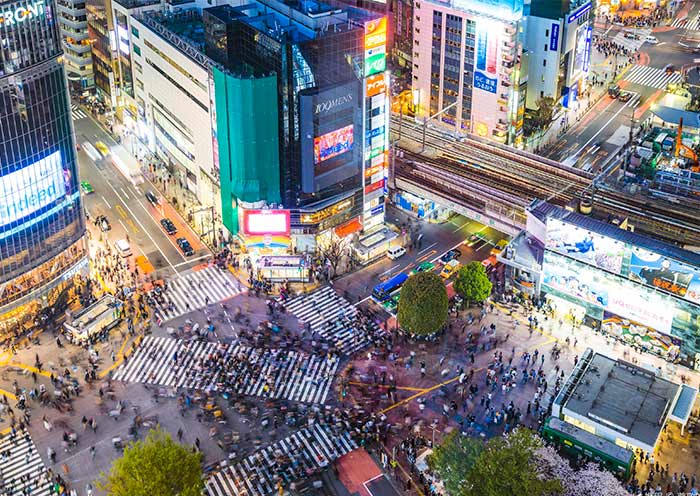
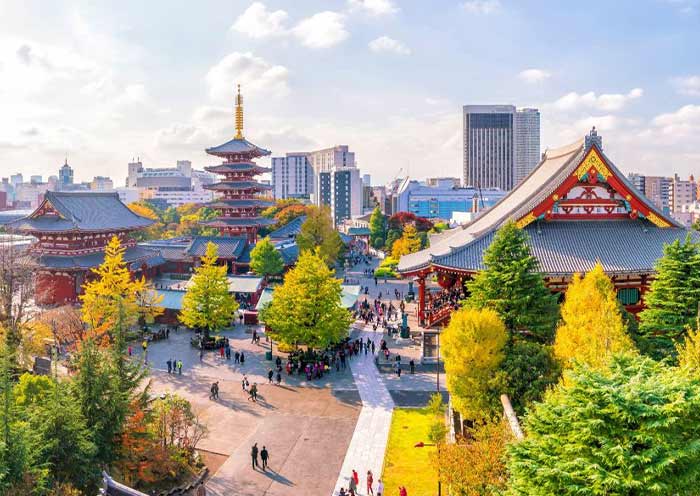
In the morning, head to Senso-ji Temple (Asakusa Kannon Temple), a must-visit for anyone traveling to Tokyo. Here, you can experience the heart of old Tokyo and its vibrant atmosphere. You can take photos that frame Senso-ji Temple and the Tokyo Skytree (Japan's Tallest Tower; 634 meters) together.
Senso-ji Temple was built in 628 AD and has a history of over 1300 years, making it one of Japan's oldest temples. It not only witnesses Japan's historical changes but also carries a rich Buddhist culture. The architectural style of Senso-ji Temple blends Japanese traditional culture and art, with rich colors and exquisite carvings. The main buildings include the main gate (Kaminarimon; a landmark of Tokyo), the bell tower, the five-story pagoda (a landmark of Tokyo), and the main hall, all reflecting ancient Japanese architectural style and religious beliefs.
Kaminarimon is the iconic structure of Senso-ji Temple, towering at 11.7 meters high and 21.7 meters wide, truly spectacular. Giant red lanterns hang in front of the gate, with the words "Kaminarimon" prominently displayed. Kaminarimon is not only a symbol of Senso-ji Temple but also one of Tokyo's most famous landmarks. You may have seen the work of Utagawa Hiroshige, one of the "Three Greats of Ukiyo-e," in his piece "One Hundred Famous Views of Edo: Asakusa Kaminarimon," depicting a snowy scene of the Kaminarimon gate, celebrated for its delicate portrayal and profound imagery, becoming a masterpiece of ukiyo-e art. The area is bustling and crowded with people coming to pray and seek blessings for health, peace, and happiness. Around Senso-ji Temple, you can taste various Japanese cuisines, purchase unique souvenirs, and participate in various celebratory activities.
After that, prepare for breathtaking views from the Tokyo Skytree, one of the city's most impressive modern landmarks. Ascend to the observation decks to witness a stunning 360-degree panorama of the sprawling metropolis below. On a clear day, you might even catch a glimpse of Mount Fuji in the distance. At the base of the tower, you can explore the Tokyo Solamachi complex, with its wide array of shops and restaurants.
Next, you can explore Akihabara (The Electric Town). Akihabara is a district in Tokyo renowned as the center of anime, manga, video games, and electronics. It's a paradise for tech enthusiasts, you'll find countless stores selling anime merchandise, computer parts, and electronics. On the streets of Akihabara, you can see various cosplay enthusiasts showcasing and interacting while dressed in costumes of their favorite anime or game characters.
End your day with a hands-on cultural experience at the Tokyo Samurai & Ninja Museum. Step into Japan’s warrior past as you learn about samurai armor, swords, and history. Try on authentic samurai armor for memorable photos, practice basic sword techniques, and explore the stealthy world of ninjas through interactive exhibits.
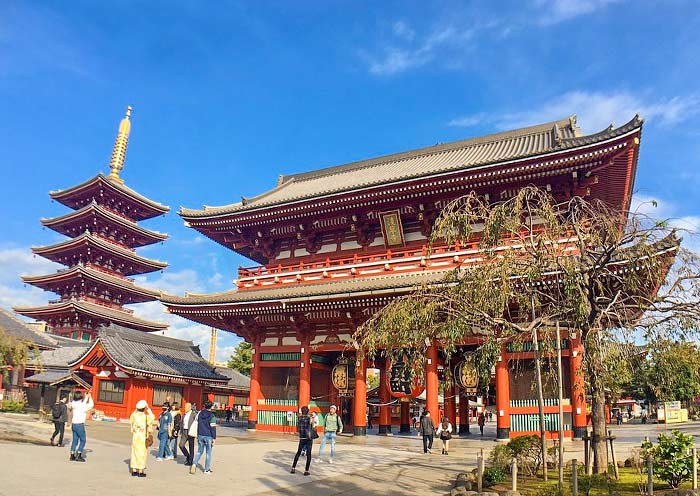
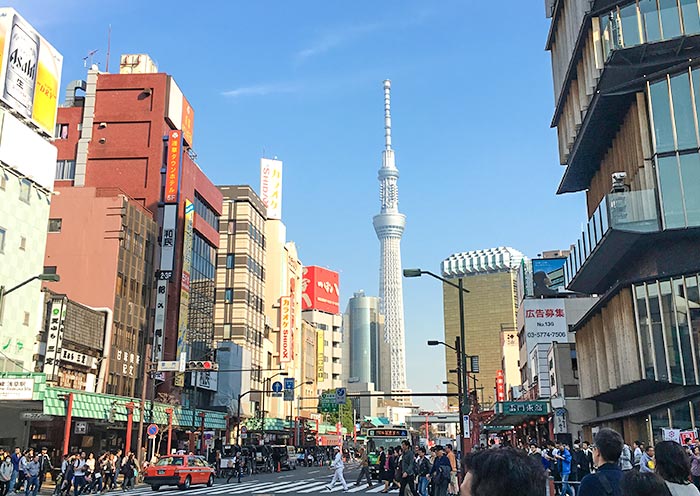

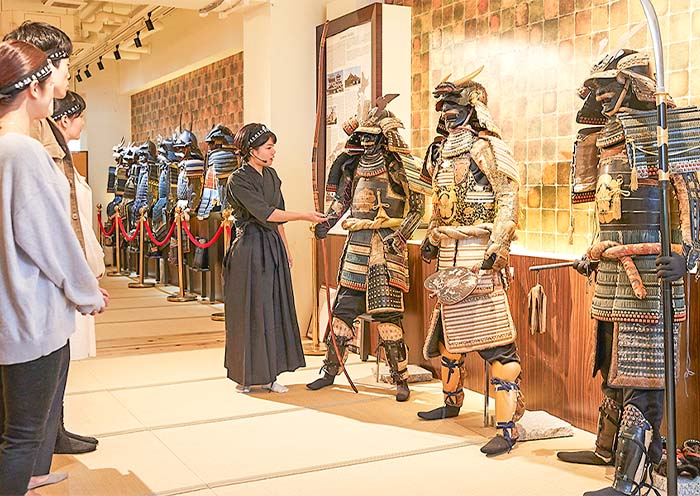
Today, it ill be a full-day round trip to admire the breathtaking views of Mount Fuji from Arakurayama Sengen Park and Lake Kawaguchi.
Mount Fuji is the tallest mountain in Japan. It's a famous volcano with a perfectly symmetrical cone shape. Visiting Mount Fuji is essential for any traveler in Japan. As a UNESCO World Heritage Site, Mount Fuji (3,776m) stands as an iconic symbol of Japan, a cultural and spiritual landmark (recognized as a holy mountain in Shintoism), and a natural marvel. When picturing Mount Fuji, its distinctive perfect cone shape and snow-capped peak likely come to mind. Among the most renowned depictions is Katsushika Hokusai's 'Thirty-Six Views of Mount Fuji'. Hokusai, one of the "Three Greats of Ukiyo-e", is best known for his masterpiece "The Great Wave off Kanagawa" which can be seen on the 1,000 Japanese yen bill.
Begin your journey at the renowned Arakurayama Sengen Park, where you can admire the magnificent view of a five-story pagoda set against a backdrop of majestic mountains. Hike about 15-20 minutes up to Arakurayama Sengen Shrine, dedicated to the mountain god. The shrine is surrounded by beautiful gardens and offers a peaceful atmosphere. Enjoy the gorgeous scenery and capture iconic photos at the famous Red Fuji Observation Deck.
Then, head to Lake Kawaguchi, renowned for its clear waters that often reflect the majestic Mount Fuji on clear days. Upon arrival , you will visit Kubota Itchiku Art Museum. This unique architectural space houses a collection of beautiful rare kimonos, all designed and created by artist Ichiku Kubota. Ichiku Kubota (1917–2003) was a master textile artist renowned for his exquisitely crafted kimonos. He developed his own complex dyeing techniques, creating intricate patterns and colors inspired by nature, landscapes, and traditional Japanese culture. The tranquil museum setting also offers beautiful views of Mt. Fuji and the lake.
After exploring the museum, choose between two scenic experiences: a cable car ride at Tenjo-san Park or a peaceful cruise on Lake Kawaguchi.
Tenjo-san Park (Cable Car): Take a scenic cable car ride up to the park’s observation area. From the top, you’ll be treated to a stunning 360-degree view of Mt. Fuji, Lake Kawaguchi, and the surrounding countryside.
Alternatively: Lake Kawaguchi Cruise: If you prefer a more tranquil experience, you can opt for a lake cruise on Lake Kawaguchi. This leisurely boat ride offers beautiful views of Mt. Fuji from the water, allowing you to appreciate the landscape from a different perspective.
After that, head back to Tokyo overnight and have a good rest.
Notes:
- If the weather is clear, you can enjoy a good view of Mt. Fuji. However, if the weather is not favorable, Mt. Fuji may not be visible.
- The best time to view Mount Fuji is generally from Nov. to Feb. when skies are clearer and the peak is snow-capped. Nevertheless, it's important to keep in mind that weather can be unpredictable, and even during these months, there is no guarantee of a clear view.
- Early mornings often provide the best visibility before clouds obscure the view. Different locations around Mount Fuji offer varying perspectives, with some spots known for their clear views.
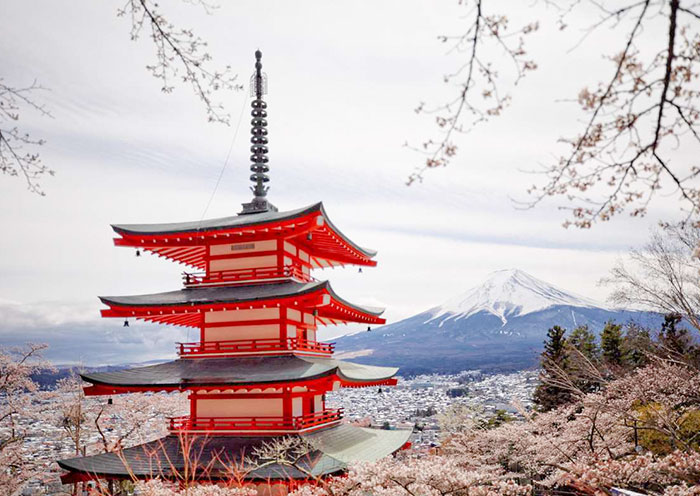

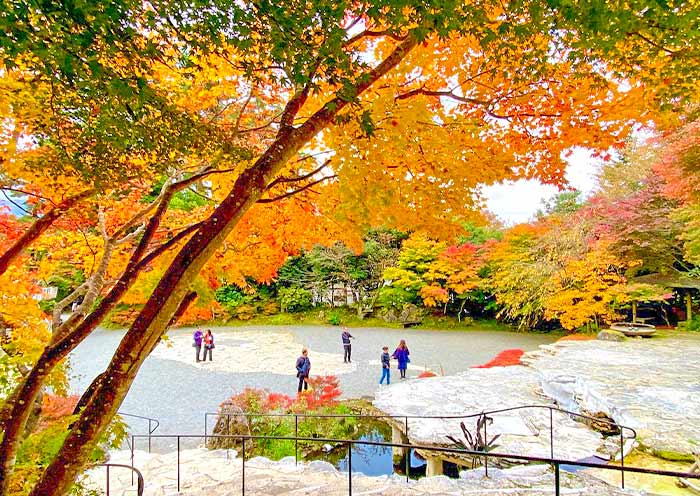
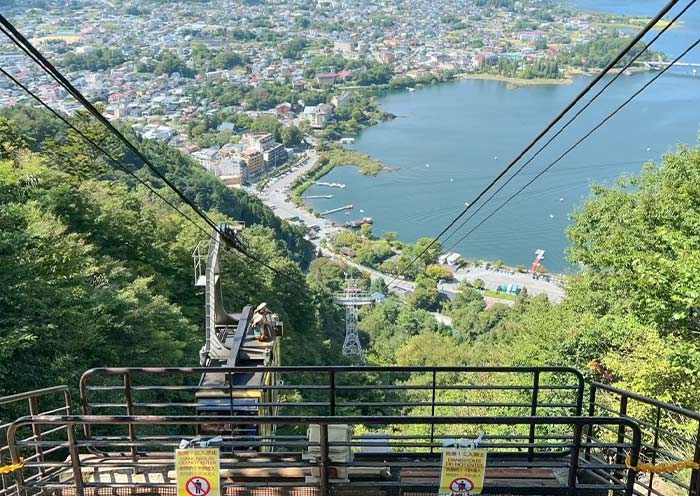
First to visit Meiji Jingu Shrine (Meiji Shrine), a Shinto Shrine dedicated to Emperor Meiji (1852-1912) and Empress Shoken (1849-1914), who played a crucial role in modernizing Japan while excelled in writing Waka (traditional Japanese poems of 31 syllables in the pattern 5-7-5-7-7). Meiji Shrine is a popular venue for traditional weddings, where you will have the opportunity to witness a Japanese Wedding Procession, experiencing the charm of Japanese traditional culture.
Founded in 1915 and finished in 1920, Meiji Shrine features a unique architectural style, with the main hall adopting traditional Japanese Shinto Shrine architecture infused with modern elements in its details. You will walk through Japan's Largest Wooden Torii Gate, standing in its natural wooden hue and weighing up to 13 tons. The Torii gate serves as the Symbol of Shinto Shrines, marking the transition from the worldly to the sacred. Walking through this gateway symbolizes stepping into the divine realm, evoking a profound sense of mystery and reverence.
As a peaceful oasis in the city, Meiji Jingu Shrine is the largest green space in the center of Tokyo. In the land-scarce city of Tokyo, the vast area occupied by the Meiji Shrine is truly astonishing! The sacred forest (170,000 trees) surrounding the main shrine buildings of Meiji Jingu is man-made, planted by 110,000 volunteers in honor of their beloved Emperor Meiji (established Shinto as the state religion) and Empress Shoken. The forest serves also to separate the sacred from the profane world.
Take a stroll along the paths and enjoy the fresh air and natural beauty. Then, you will notice the impressive Sake Barrel Wall along the South Approach, which features offerings from sake breweries and believers across Japan, including barrels of sake and Western liquor, reflecting Emperor Meiji's fondness for Western culture. At the main hall of Meiji Shrine, you can witness locals washing their hands and rinsing their mouths at Purification Font before worship as a sign of respect. You can offer a 5-yen coin (symbolizing a connection) like locals and pray for blessings. In the eyes of the Japanese, Meiji Shrine is considered to have such boundless capabilities, from naming ceremonies for newborns, to coming-of-age ceremonies, graduation ceremonies, seek marriage partners, pray for world peace, family well-being, safe travels, good health, warding off calamity, etc. In addition to immersing yourself in Japanese Shinto traditions and architecture, revel in the enchanting surroundings filled with lush trees, serene ponds, graceful bridges, and stone pathways that epitomize the essence of traditional Japanese garden art. You should visit here to enjoy the vibrant bloom of cherry blossoms in spring, the verdant beauty of summer, the fiery hues of autumn leaves, and the serene snowy landscapes of winter.
Tips for Visiting Meiji Jingu Shrine:
Wear modest clothing: Respect the sacred nature of the shrine by dressing appropriately.
Be mindful of noise levels: Maintain a quiet and respectful atmosphere.
Inner Garden (Optional; self-pay; once Imperial Property), and Meiji Jingu Museum (Optional; self-pay; items used by the imperial couple).
Then, move to visit Shibuya Crossing, one of the busiest intersections in the world, accommodating approximately 3,000 people per minute. As one of Tokyo's iconic locations, Shibuya attracts tourists and photographers from around the globe who come to observe and capture its essence. Numerous movies, TV shows, commercials, and music videos are filmed at this location, such as "Detective Chinatown 3" and "The Fast and the Furious: Tokyo Drift." Additionally, the well-known story of Hachiko the Loyal Dog originates here. Hachiko, an Akita dog, continued to visit the station daily to await his deceased owner's return. The Hachiko Statue located in front of Shibuya Station stands as a significant cultural landmark in the Shibuya area, attracting numerous visitors annually who come to pay their respects and honor his loyalty.
After experiencing Shibuya's modernity, you’ll step back into Japan’s imperial past at the Imperial Palace Outer Garden (Kokyo Gaien). This beautiful, expansive park surrounds the official residence of the Emperor of Japan. While the palace itself is not open to the public, strolling through the Kokyo Gaien is an appropriately grand way to approach Imperial Palace. Here, you'll be treated to a magnificent view of the palace's outer defenses, including the imposing stone walls and the picturesque moats. The highlight is the picturesque Nijubashi Bridge (Double Bridge), a favorite spot for photos and a powerful symbol of the nation's imperial history.
Lastly, head to a foodie paradise! The Tsukiji Outer Market is a lively and bustling place where you can find all kinds of delicious food and fresh ingredients. While the famous fish auction has moved, the Outer Market is still an incredible place to eat and explore. The market is full of stalls selling everything from fresh seafood skewers and grilled tamagoyaki (a sweet, rolled omelet) to sweet rice cakes and savory snacks.
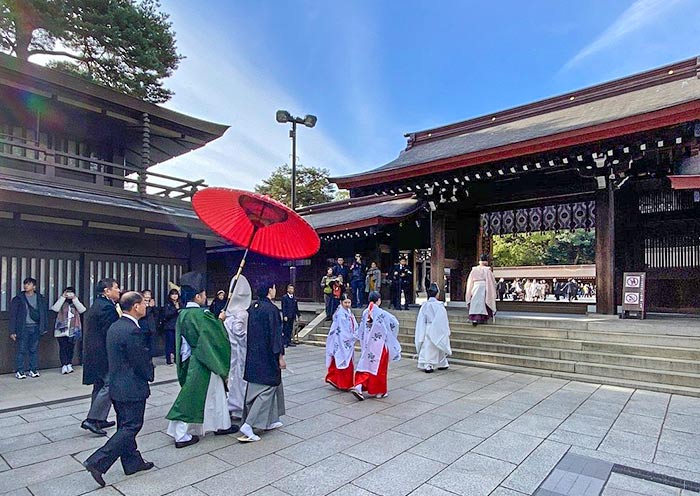

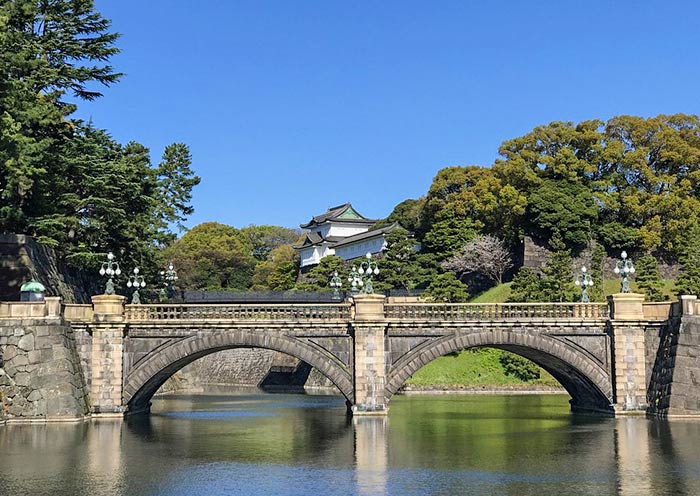
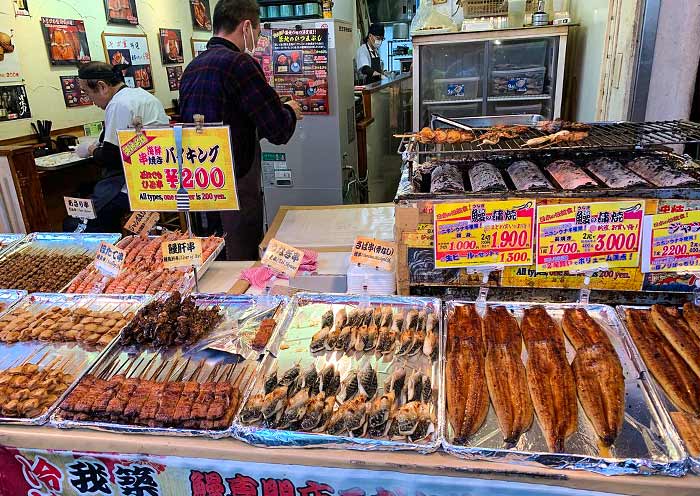
It is time to end your unforgettable 5-Day Mount Fuji Private Tour from Tokyo. Your driver will pick you up from your hotel and transfer you to the airport for your departure flight.
Trip Extension: If you'd like to extend your trip in Japan, consider exploring other notable regions like Hakone, Nikko, Kyoto, Osaka, Nara, Central Japan, or Hokkaido and Okinawa etc. Feel free to contact us to customize your extended itinerary.
Thank you for choosing Asia Odyssey Travel for your tour of Asia. We are dedicated to enhancing your travel experiences and look forward to welcoming you on your next adventure in Asia. Have a safe journey home!
What’s Included & What’s Excluded
What's Included:
What's Excluded:
Important Travel Tips for Visiting Japan
Get the right visa. Depending on your nationality and the length of your stay, you may need to apply for a visa in advance. You can do this online or at a Japanese embassy or consulate. Many countries are part of Japan’s visa exemption program, allowing their citizens to enter Japan for short stays without a visa for tourism. Always check if your country is on this list before applying for a visa. If you have any questions, feel free to contact our travel experts for more information.
The best time to visit Japan depends on your interests:
Spring (March to May): Ideal
for witnessing the cherry blossoms and enjoying mild weather. Major cities like Tokyo, Kyoto, and Hiroshima
are particularly beautiful as cherry trees bloom spectacularly.
Summer (June to
August): Perfect for experiencing vibrant festivals such as Gion Matsuri in Kyoto,
Tanabata Matsuri across the country, and enjoying the natural beauty of Hokkaido, which is less humid than
the rest of Japan. Note that early summer (June) is the rainy season.
Autumn (September to
November): Offers stunning fall foliage, making it a great time for hiking and temple
visits. The weather is cool and pleasant, ideal for outdoor activities.
Winter (December to
February): The best time for winter sports, especially in regions like Hokkaido and the
Japanese Alps. Onsens (hot springs) are also a popular attraction during the cold months.
Bring Cash. Despite advances in digital payment, many smaller vendors, temples, and rural
areas operate predominantly with cash. It’s wise to keep some yen on hand at all
times.
Universal Travel Adapter. Japan uses 100V with two straight thin
pins.
Passport: Ensure it’s valid for at least six months beyond your date
of travel.
Visa (if required): Make sure you have the right visa for your
travel.
Travel Insurance Information: Always good to have on hand.
Bow when greeting: A slight bow is a common way to say hello, thank you, or
sorry.
Be mindful of your noise level: Japanese culture values quietness,
especially in public transportation and residential areas.
Follow the rules: Whether
it's waiting in line or adhering to signage, following local rules and etiquette is highly
valued.
Etiquette in temples and shrines: Wear modest clothing and follow specific
customs such as washing hands and mouth before entering a shrine or temple. Photography might be restricted
in sacred areas.
Looking for more travel guides for first-time visitors to Japan? Want to gather additional information to plan your trip? Our team of professional travel experts has written over 40 articles about Vietnam. Please check out ourJapan Travel Guide for inspiration and detailed insights.
Hotel Conditions for Your Japan Tour
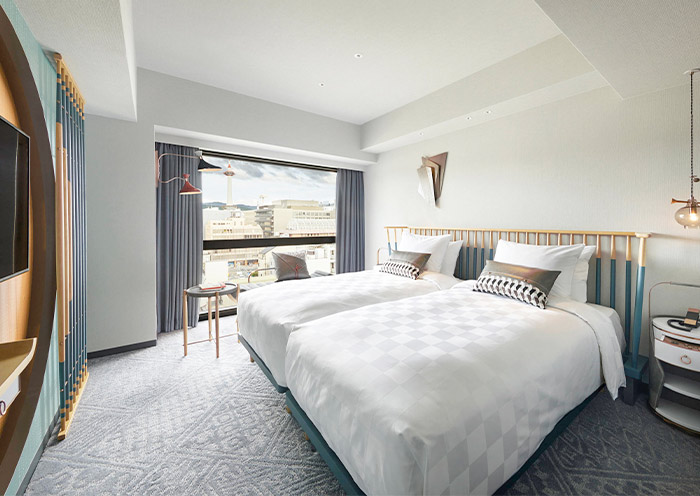


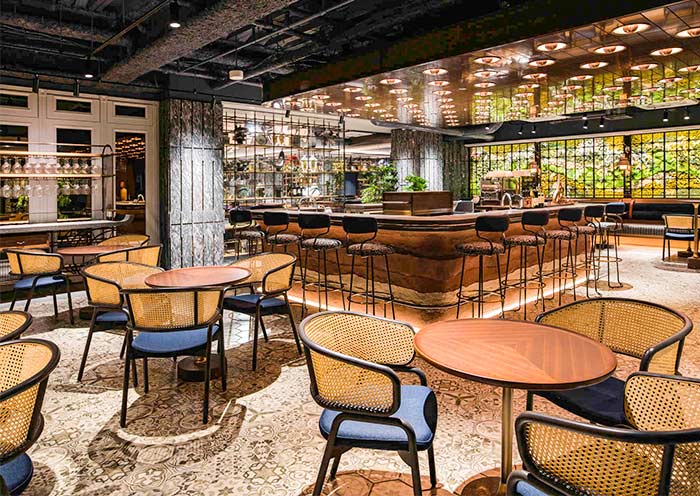
We offer a range of accommodation options to suit various preferences and budgets: luxurious 5-star hotels, comfortable 4-star hotels, and economical 3-star hotels. Our selected hotels are conveniently located close to the city center or popular tourist spots.
For those seeking a more distinctive lodging experience, we also offer Traditional Ryokans, Machiya, Onsen (hot springs) Hotels, etc. If you have specific needs or preferences, please consult with your travel advisor.
Tips: Be aware that hotel room sizes in Japan may be smaller compared to those in other developed countries due to the scarcity of land. If your budget allows, it is recommended to opt for a higher category of hotel, which will generally offer more comfort.
Photo Gallery for This Itinerary
Latest Japan Tours Reviews from Our Customers

Jess
Malaysia
Destination(s): Beijing, Xian, Shanghai, Zhangjiajie
Date of Experience: Sep 04, 2025
Tour Customized by: Yee
You May be Interested in This Tour: 26 Days In-Depth Vietnam China Japan Tour: Ultimate Asia Contrast

Claudia Konrado
Brazil
That’s when a friend recommended Asia Odyssey Travel (AOT), and it was the best decision we made! Not only did they completely customize our entire trip, but they did so at a perfectly reasonable cost. Our travel agent, Abby, was absolutely incredible. She worked tirelessly with us to build out an itinerary, patiently answering all our questions, offering guidance, making changes, and adding new ideas with such care and professionalism. From Disney and Universal for the teens to visits to TeamLab Planets, museums and temples and shopping excursions, ending with a relaxing beach time in Okinawa, Abby worked with us and ensured there was something wonderful for everyone. Even during the trip, she was always available to help and provide support. I truly can’t express how much Abby made a difference in our experience. The entire team at AOT, from the guides to the drivers, was consistently helpful and attentive, ensuring every moment of our journey was smooth and enjoyable. We are so grateful for the wonderful memories created, all thanks to the dedication and expertise of AOT team. We highly recommend them for an exceptional travel experience.
Date of Experience: Jul 01, 2025
Tour Customized by: Abby
You May be Interested in This Tour: Customized Tour

Cheers
Britain
I’m so glad we chose to do this tour! We were looking for a way to escape the summer heat, and Hokkaido was a dream come true. The air was so fresh and the scenery was just incredible—I swear my photos don’t even do it justice.
The highlight for me was definitely the lavender fields in Furano. They were even more beautiful in person than in all the pictures you see online. Our private guide knew the best spots to get a great view without fighting the crowds. Plus, we got to see all the other rainbow flower fields in Biei which were just as amazing.
The trip was super relaxing because we didn't have to worry about a thing. Our driver was so professional, and it was a huge relief to have a private car just for our family. It made getting between all the different towns so easy. We loved exploring the charming canal in Otaru and getting to eat all the fresh seafood in Sapporo. The food in Hokkaido is seriously on another level!
Date of Experience: Jun 10, 2025
Tour Customized by: Cheers
You May be Interested in This Tour: 8 Days Hokkaido Summer Tour: Colorful Family Vacation on Hokkaido Island
Price: From USD request pp
(Based on a private tour for 6 persons staying in 4-star hotels. Prices may vary depending on the itinerary, travel dates, and group size. )
(Book at least 6 months in advance)

